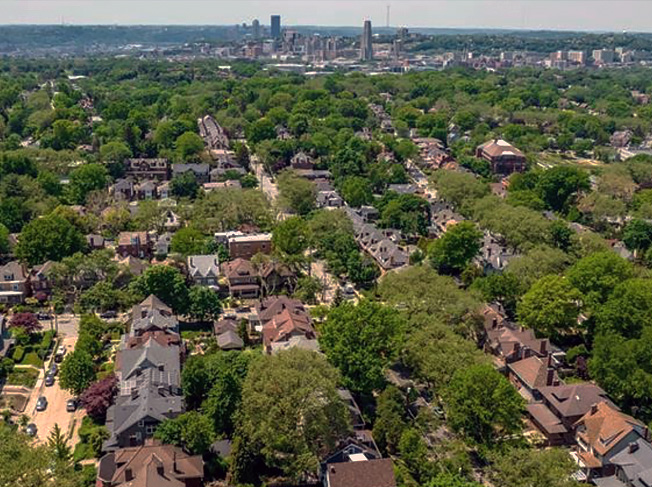Reading About Squirrel Hill
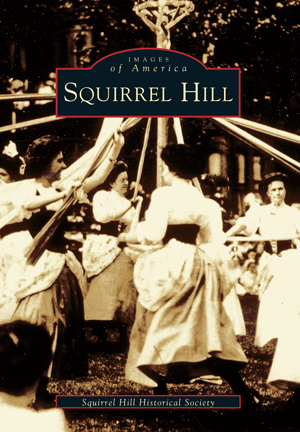 Helen Wilson, Vice-President, Squirrel Hill Historical Society
Helen Wilson, Vice-President, Squirrel Hill Historical Society
“Squirrel Hill is one of Pittsburgh’s premier residential neighborhoods and also has a vibrant neighborhood commercial center and three exceptional parks. In a time when city neighborhoods across the nation struggle for survival, Squirrel Hill thrives, develops, and redevelops itself.”
Those are the opening lines of Squirrel Hill, an Arcadia book produced in 2005 by the Squirrel Hill Historical Society and written by Betty Connelly, Laurie Cohen (also the editors), and Michael Ehrmann. SHHS members Patti Hughes, Ralph Lund, Esther Tucker, Sanford Baskind, and Mark Iskovitz made important contributions. It is the only book that concerns itself solely with the history of Squirrel Hill from its eighteenth-century beginnings to today.
As is usual with books in Arcadia’s Images of America series, the cover is sepia-toned and the format is image-heavy, relying on short introductions and lots of pictures to bring the story of Squirrel Hill to life. The format does not allow for an in-depth study of the neighborhood, so the SHHS is in the process of writing a more detailed text-based history that will be published later this year by The History Press, now part of Arcadia Publishing,
Writing a second book about Squirrel Hill’s history illustrates the fascinating process of historical research—moving from the big picture to smaller details that illuminate it. For example, a passage in the introduction to “The Jewish Community” chapter in Arcadia’s Squirrel Hill book says:
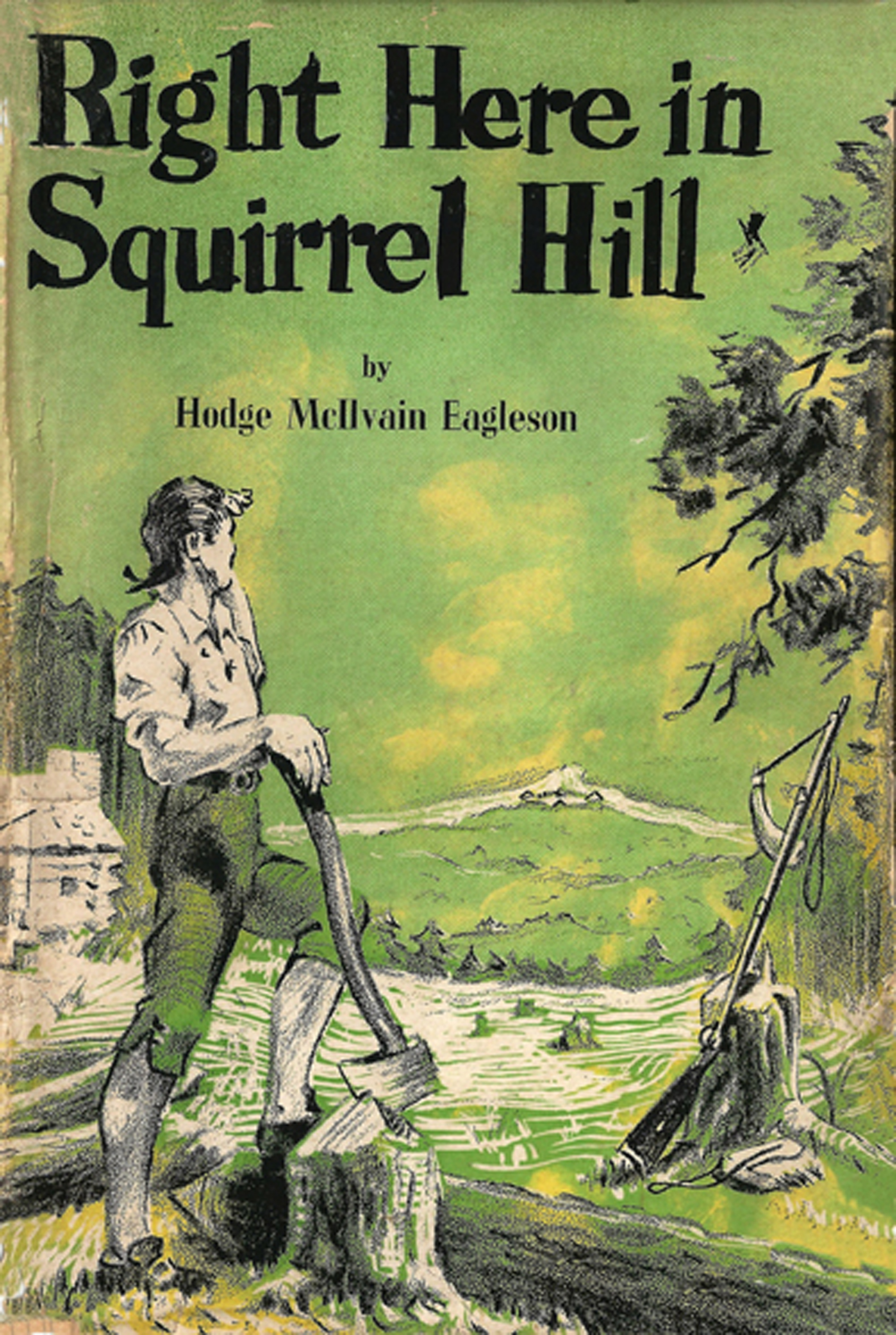 “By the 1930s, many of the Jews who had lived in the North Side, the Hill, and some of the small towns surrounding Pittsburgh moved east to Squirrel Hill. In most cases, their synagogues moved with them.”
“By the 1930s, many of the Jews who had lived in the North Side, the Hill, and some of the small towns surrounding Pittsburgh moved east to Squirrel Hill. In most cases, their synagogues moved with them.”
Think how many stories are contained in those two sentences! The new book will provide more information about the different groups of Jews who moved to Squirrel Hill and the way they created a cohesive, vibrant Jewish neighborhood.
No other book focuses solely on Squirrel Hill’s development. Two other books, now sadly out of print, relate Squirrel Hill’s history from the mid-1700s to the early 1900s. The first, Right Here in Squirrel Hill, was written in 1953 by Hodge MacIlvain Eagleson, who recounts mostly humorous, sometimes poignant, tales of the early settlers of Squirrel Hill and their descendants who lived in the first small farming and coal-mining community in the southern part of Squirrel Hill. Eagleson was pastor of Mary S. Brown Memorial Chapel, now Mary S. Brown Memorial-Ames United Methodist Church at 3424 Beechwood Boulevard. He collected tales his flock passed down and assembled them into a narrative that followed the doings of the settlers and their descendants up until the early 1900s, focusing on the Methodists who built a series of churches on the site of the present church. Here is an excerpt that gives a sense of Eagleson’s style:
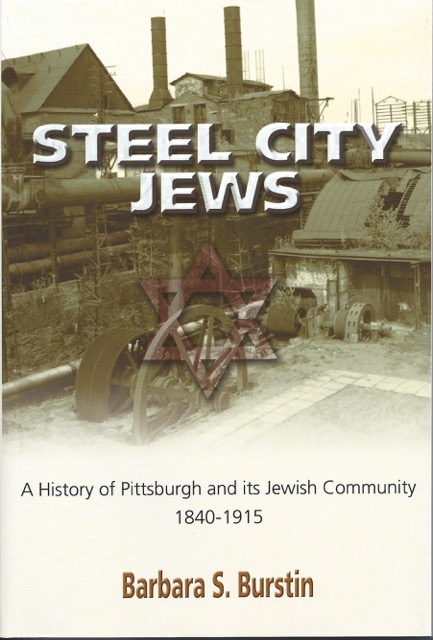
“When Sunday School took up, an earnest man of perhaps thirty-five, Joseph Little, stood up to line out the hymns. After that, he gave a few pointers on approved deportment for marksmen abroad with squirrel rifles. ‘Be sure you do not shoot towards the church,’ he exhorted. ‘So many leaks in the roof did not happen without cause … Any of you shot squirrels on the roof? Hold up your hands.’ A dozen dead eye Dicks smiled knowingly but no hand went up.”
The fact that Joseph Little is buried in Turner Cemetery, the small graveyard next to the church, adds a dose of reality to the story.
The second book, The Early History of the Fifteenth Ward of Pittsburgh, written by Mrs. S. Kussart in 1925, gives a more matter-of-fact and detailed account of the same area of southern Squirrel Hill. Both Eagleson and Kussart’s books viewed Squirrel Hill and Greenfield as one community, as they truly were before the area was annexed to Pittsburgh in 1868 and divided into two wards, the 22nd and 23rd, which were changed to the 14th and 15th in 1911.
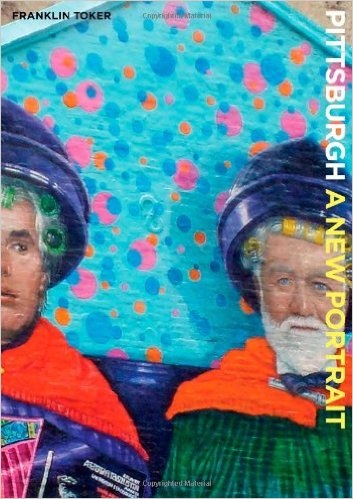
Squirrel Hill does not rate a lot of space in the array of books about Pittsburgh, and its inclusion depends more on topic than on location. For example, Franklin Toker’s detailed book, Pittsburgh: A New Portrait (2009), describes notable buildings in various communities and puts them in context by providing histories of those communities. He combines Squirrel Hill and Greenfield in the same chapter, because, he writes, “Greenfield is topographically indivisible from Squirrel Hill.”
If you want to know more about the topography of Squirrel Hill, read the dry but fascinating Geology of the Pittsburgh Area, General Geology Report G-59 (1970) by the Pennsylvania State Planning Board.
As for Squirrel Hill’s Jewish history, three books by Dr. Barbara Burstin, one of Pittsburgh’s premier experts of Jewish history, provide invaluable information: Steel City Jews—A History of Pittsburgh and its Jewish Community, 1840-1915 (2008), its sequel, Steel City Jews in Prosperity, Depression and War, 1915-1950 (2015), and an Arcadia book, Jewish Pittsburgh (2015). Two more books about Jewish history are The Jewish Experience in Western Pennsylvania, 1735-1945, by Jacob Feldman (1986) and The Synagogues of Central and Western Pennsylvania, A Visual Journey, by Julian Preisler (2014).
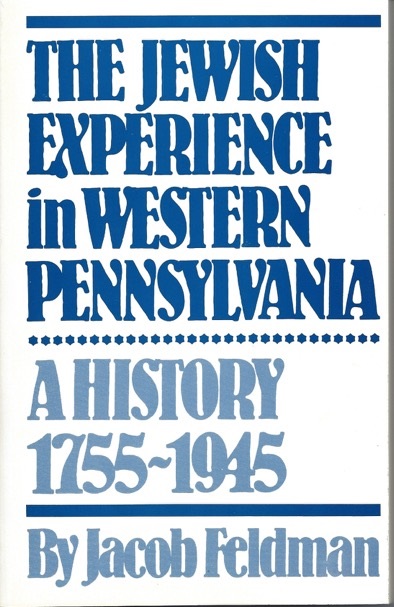
Other books contain facets of Squirrel Hill’s history. To learn about Squirrel Hill’s historic bridges, read Pittsburgh’s Bridges, an Arcadia book by Todd and Helen Wilson (2015). Squirrel Hill’s many sculptures can be found in Discovering Pittsburgh’s Sculptures by Marilyn Evert and Vernon Gay (1983). Its development as an upper-middle-class neighborhood is examined in City at the Point, edited by Samuel P. Hays (1991).
Like any other subject, Squirrel Hill is tricky to research. It is like the coal that used to be mined here—it has to be dug out and examined. Like coal, the information is of varying quality. It is sometimes contradictory. Chunks of it are missing. Mistakes creep in and are repeated in later sources. Yet every piece of information adds new dimensions to a fascinating story.
Most of the books mentioned in this article can be found at the library, local bookstores and online.
Anyone interested in learning more about Squirrel Hill history is invited to attend the meetings of the Squirrel Hill Historical Society, held on the second Tuesday of each month at 7:30 p.m. at the Church of the Redeemer, 5700 Forbes Ave. Go to www.squirrelhillhistory.org to view upcoming lectures and events. They are also posted in the
calendar in this magazine. Please consider joining the SHHS. Membership is only $15 per year ($25 for families). There is no charge for attending the meetings.

 Helen Wilson, Vice-President, Squirrel Hill Historical Society
Helen Wilson, Vice-President, Squirrel Hill Historical Society




